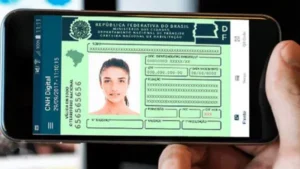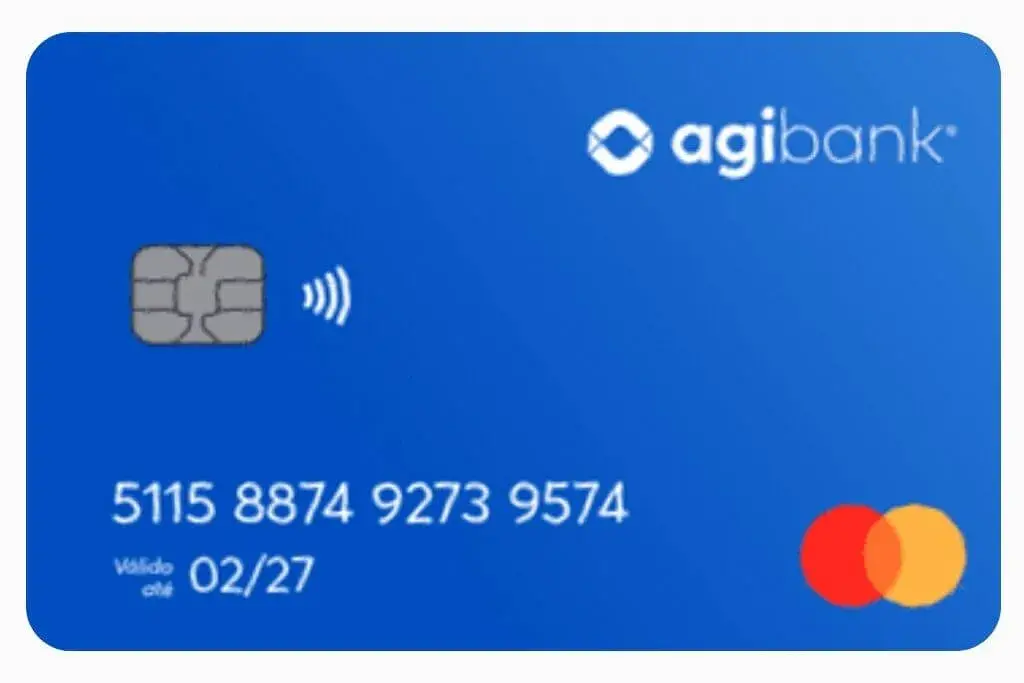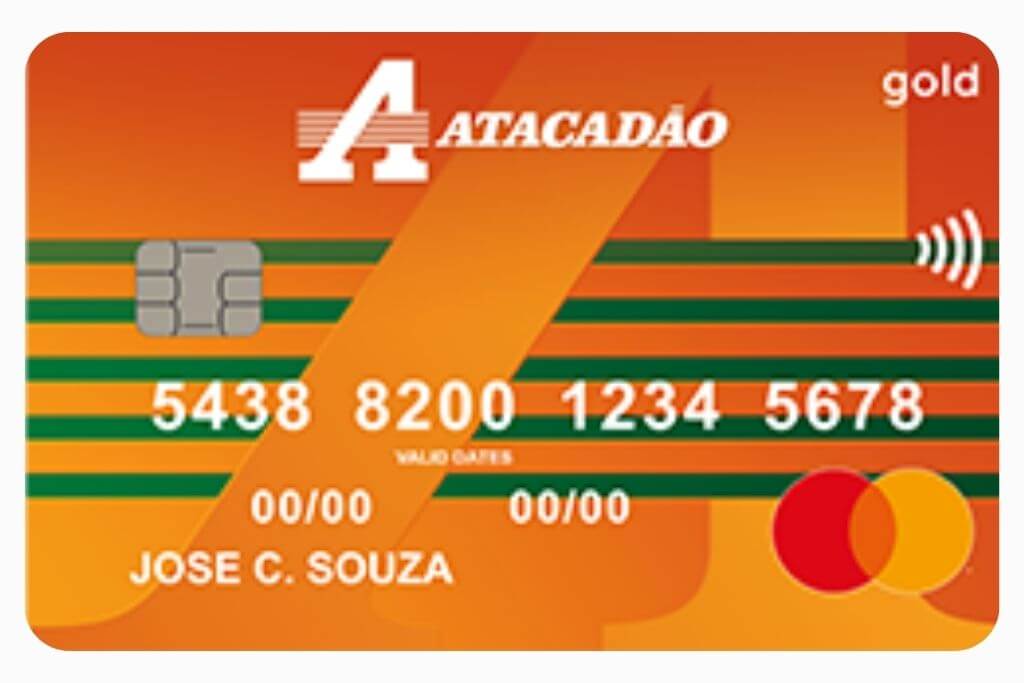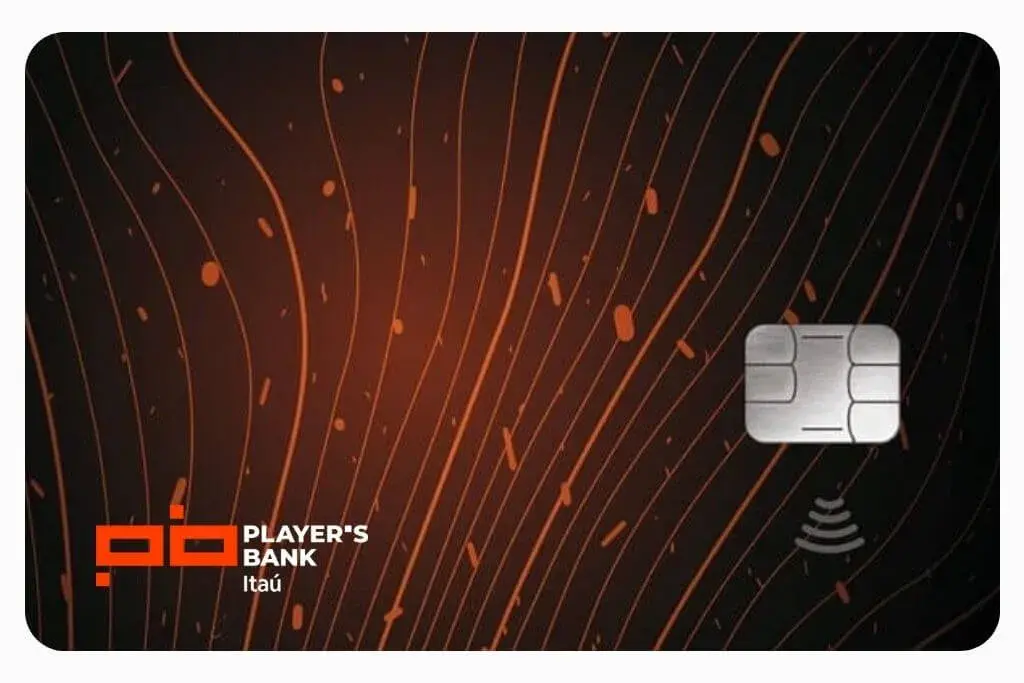How to check your PIS PASEP and see if you're entitled to a share of the R$ 24 billion of money forgotten due to simple misinformation
Adverts
More than R$ 24 billion in PIS PASEP quotas are still available for withdrawal and are considered forgotten money by CEF.
The main aim of the PIS and PASEP social programmes was to integrate workers and guarantee the well-being of civil servants.
While the PIS (Social Integration Programme) was aimed at private sector workers, the PASEP (Public Servant Equity Formation Programme) was aimed at civil servants.
Adverts
With the migration of the PIS PASEP Fund to the Severance Indemnity Fund (FGTS), the PIS PASEP amounts were transferred to FGTS accounts in the name of the beneficiaries. Currently, more than 10 million workers still have forgotten balances available for withdrawal.
In this article you'll find out how to consult any forgotten PIS PASEP balance and, if you're entitled, how to request a withdrawal.
Quick Index:
PIS PASEP: what it is
PIS and PASEP are two social programmes set up by the Brazilian government with the aim of integrating workers into the development of companies and guaranteeing the social welfare of civil servants.
You might be interested:
The Social Integration Programme (PIS) is aimed at private sector workers, while the Public Servant Equity Training Programme (PASEP) is aimed at public servants.
According to information from Caixa Econômica Federal, there are approximately R$ 24.6 billion in PIS/PASEP quotas available for withdrawal. This means that workers can check if they are entitled to these amounts and, if they are beneficiaries, they can request a withdrawal via the FGTS application.
Differences between Salary Allowance and PIS
In a nutshell, the salary allowance is a financial aid provided by the Brazilian government to low-income workers, offering extra financial support. This benefit is calculated on the basis of the worker's period of service in the base year and the value of the minimum wage in force.
The PIS, in turn, is one of the programmes that finances this payment together with the PASEP. The funds for the salary bonus come from the Labour Support Fund (FAT), which receives contributions from companies.
Differences between PIS and PASEP
PIS: intended for private sector workers. All registered workers are entitled to the PIS, as long as they meet certain criteria set by the government, such as a minimum length of employment and a maximum monthly income. Caixa Econômica Federal is responsible for administering the PIS, the main purpose of which is to provide social benefits to workers, such as the salary allowance.
PASEP: aimed at civil servants. It works in a similar way to the PIS, but is aimed at civil servants working in government organisations, such as town halls, state and federal governments. PASEP is administered by Banco do Brasil.
How it works
PIS and PASEP operate in a similar way. Workers in both groups (PIS and PASEP) are automatically registered, and contributions are made by companies (PIS) or public organisations (PASEP).
The funds are used to pay benefits and finance social and economic programmes administered by Caixa Econômica Federal and Banco do Brasil.
One of the main benefits of PIS/PASEP is the Salary Allowance, which acts as a 14th salary for low-income workers.
The amount of the salary bonus does not exceed the minimum wage and is proportional to the time worked, being paid according to the months worked in the previous year (base year).
For example, if a person has worked for all 12 months of the previous year, they are entitled to 100% of the minimum wage. If they only worked for 6 months, the payment will be 50% of the minimum wage. This calculation is proportional to any period of time worked.
Migration to the FGTS
With the enactment of Provisional Measure 946/2020, the PIS/PASEP Fund was closed and its assets transferred to the Severance Indemnity Fund (FGTS), managed by Caixa Econômica Federal.
As a result of this migration, the PIS/PASEP amounts were transferred to FGTS accounts in the workers' names.
To date, around 10.6 million workers have a PIS/PASEP balance available for withdrawal. Since the migration until 31/07/2022, Caixa has made more than 340,000 payments, totalling R$ 493 million.
Who is entitled
All workers who have been registered in the system for at least 5 years are entitled to PIS/PASEP, as long as they have worked for at least 30 days in the base year (reference period, in this case 2023), earning up to two minimum wages per month.
In addition, workers must have all their registration data up to date and correct, to avoid problems or impediments when it comes to consulting and withdrawing the benefit.
Who is NOT entitled
As well as knowing who is entitled to the PIS/PASEP salary allowance, it is important to understand who is not entitled, as in the following cases:
- Employees and domestic workers;
- Rural or urban workers employed by individuals;
- Workers employed by individuals treated as legal entities.
PIS/PASEP 2024
With regard to the amounts, in 2024 the PIS/PASEP calculation will be based on the value of R$ 1,412.00, which is the current minimum wage. In other words, if we consider a worker who has worked for 12 months, they will receive the full amount of the minimum wage.
However, a worker who has only worked for 3 months, for example, will receive R$ 353.01; one who has worked for 6 months will receive R$ 706.02, and so on. The calculation will always be proportional to the period worked, not exceeding the value of 1 minimum wage.
Remember that all these resources and benefits will only be available to workers who fulfil the aforementioned requirements.
You may be interested:
Calendar 2024
To make sure you don't miss the payment dates, it's important to keep an eye on the PIS/PASEP calendar. This calendar is published annually and defines the periods in which each group of workers can withdraw their benefits.
In 2024, benefit payments will be available for withdrawal until 27 December 2024, following the worker's dates of birth:
- Born in January: 15th February
- Born in February: 15th March
- Born in March: 15th April
- Born in April: 15th May
- Born in May: 15th June
- Born in June: 15th July
- Born in July: 15th August
- Born in August: 15th September
- Born in September: 17th October
- Born in October: 17th November
- Born in November: 15th December
- Born in December: 15th January
How to consult
You can check your benefit in two different ways.
On the website
The first is via the Gov.br website, where you log in with your registered credentials and access the "Salary Allowance" section to check if you are entitled to payment.
Through the Carteira de Trabalho Digital app
Log in to your digital Labour Card app, then the home screen will display a section called "Abono Salarial 2024".
Simply click on the "Consult" button to check.
If you can't find this option, you can click on the menu, select "Benefits" and then "Salary Allowance".
You will be redirected to another site
You will be redirected to another site
How to withdraw your benefit
In order to withdraw your salary allowance at the Caixa Econômica Federal or Banco do Brasil, you must present an official photo ID:
- Identity card
- Labour card
- CNH (National Driver's Licence).
Any of the documents mentioned above will be accepted, along with the PIS (Social Integration Programme) or PASEP (Public Servant Equity Training Programme) number, depending on the institution to which the worker is linked.
These documents are essential to prove the worker's identity and guarantee access to the benefit.
Do you want to know if you have receivables?
Read also: Receivables over R$ 7 billion in forgotten money
FAQ - Frequently Asked Questions
Who is entitled to PIS PASEP?
Private sector workers are entitled to receive PIS, while civil servants are entitled to PASEP. In order to receive the benefit, certain requirements must be met, such as length of service and others highlighted throughout the article.
How do I know if I'm entitled?
The first step is to learn how to make an online enquiry using the CPF of the benefit holder. Only after this initial enquiry will it be possible to obtain details about the benefit.
How to check your PIS PASEP?
There are a number of ways for you to make an enquiry, including going in person to one of the Caixa Econômica Federal branches, but you run the risk of facing long queues. Or you can access it via the government's official website or the Carteira de Trabalho Digital app.
Is it possible to withdraw PIS PASEP?
Yes, you can request a withdrawal at a Caixa Econômica Federal or Banco do Brasil bank once you have entered your details.


















